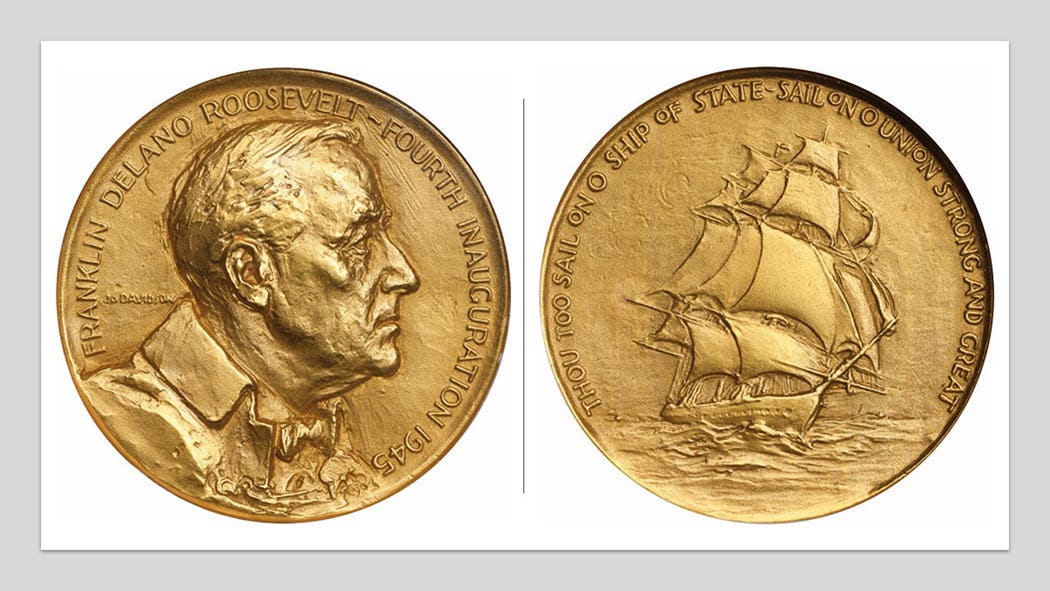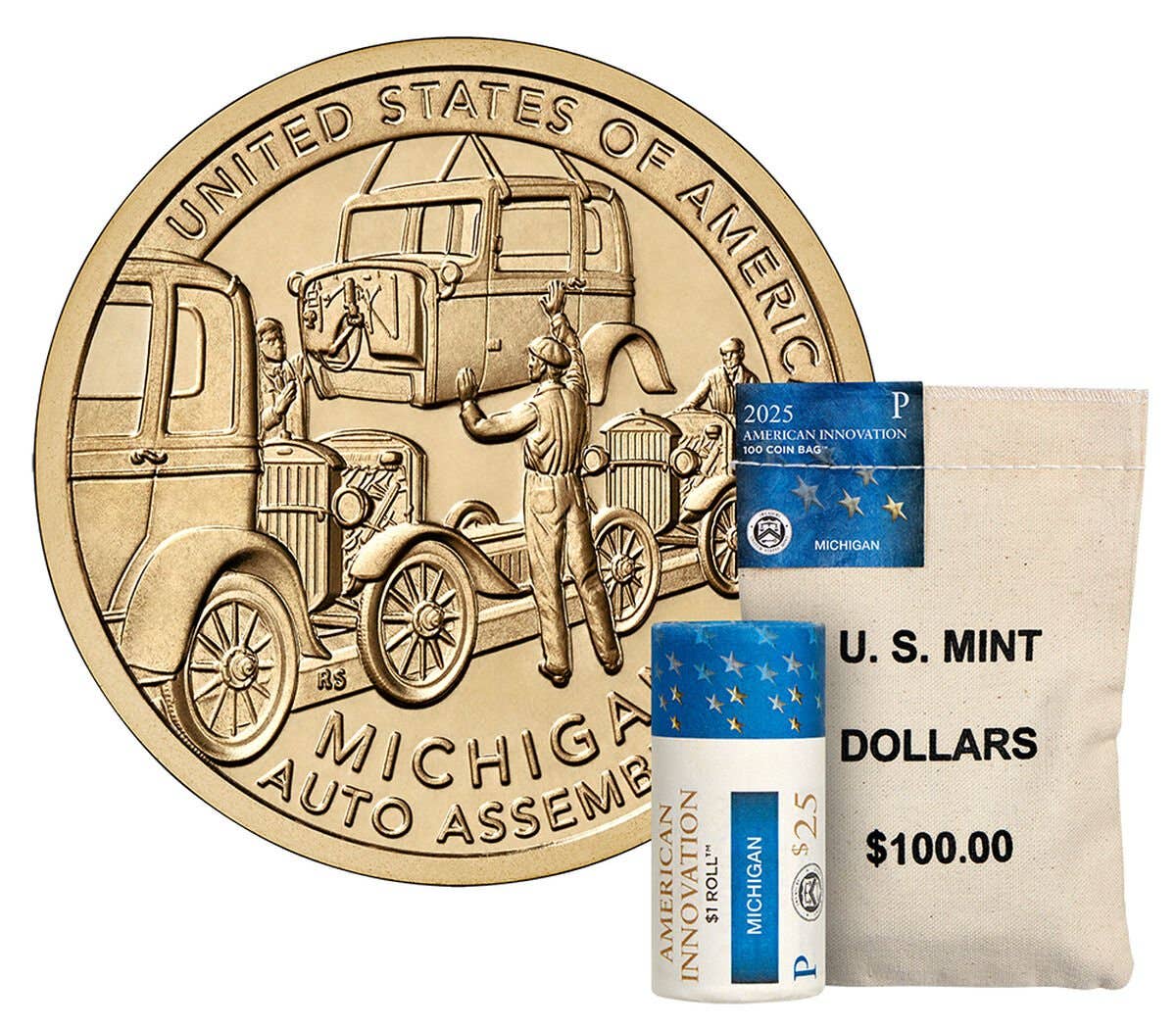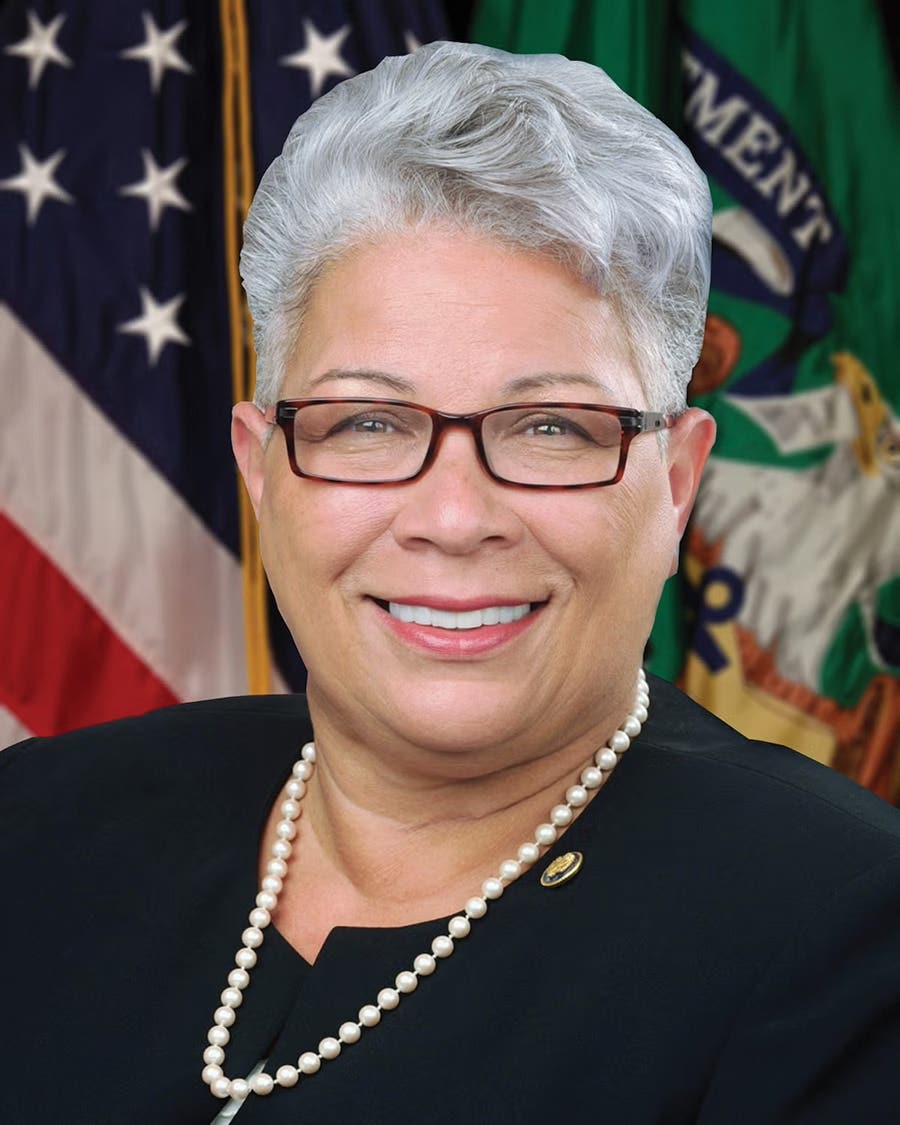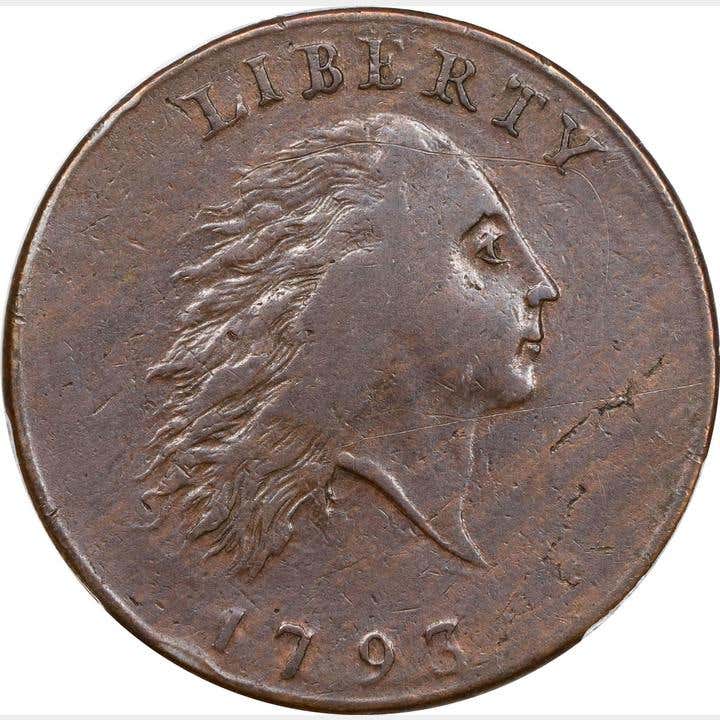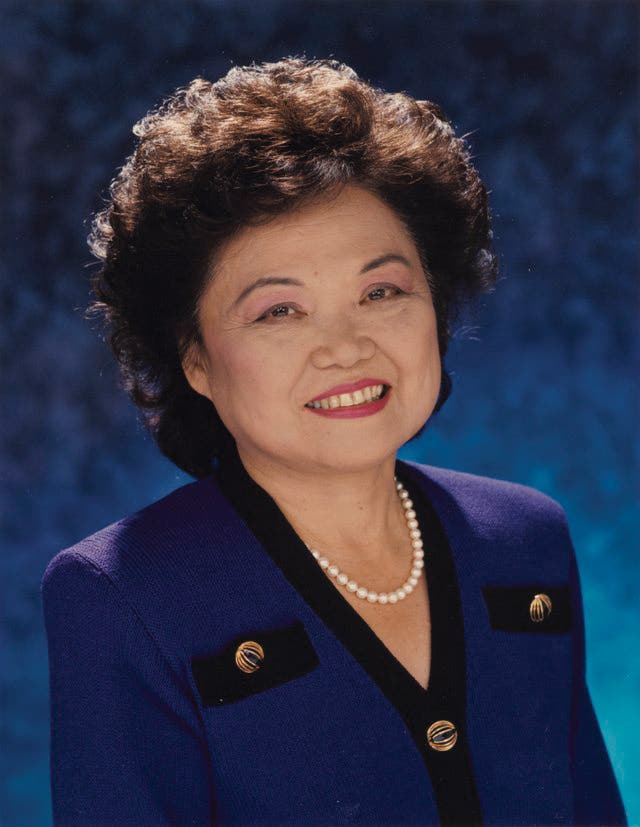AAFES Phases Out Pogs
When a coin collector thinks of cardboard composition coins, the collector is likely thinking of emergency money from the 20th century Spanish civil war, medieval siege money, or perhaps encased…
When a coin collector thinks of cardboard composition coins, the collector is likely thinking of emergency money from the 20th century Spanish civil war, medieval siege money, or perhaps encased postage issues of France or the United States.
U.S. Military Payment Certificates were issued between 1946 and 1973. While MPC issues were meant to prevent black market profiteering while finding a convenient way to pay troops in high risk environments, the paper notes were phased out during the Vietnam War.
In November 2001 the military exchange store retailer Army and Air Force Exchange Service or AAFES announced the exchange would begin using cardboard pogs as a substitute for coins at U.S. facilities in Afghanistan. Pogs are lighter than metal composition coins and for that reason are less expensive to ship overseas.
The pogs were meant to be a temporary fix. The first AAFES pog issue simply carries information identifying the pog’s face value. Since 2001 pogs evolved into a collectible, some depicting images of troops, aircraft, comic book characters, and even NASCAR drivers.
On May 19 the military newspaper Stars and Stripes announced this temporary metal coin replacement will finally be phased out as the U.S. military leaves Afghanistan. The target date for troop and pog withdrawal is September 11.
AAFES spokesman Chris Ward said, “As closure of operations in Afghanistan continues, exchange facilities in the country are transitioning to a cashless system.”
According to Ward, there were seven AAFES stores still operating in Afghanistan in June. The B&S Central Store at the coalition base at Kabul airport had already ceased accepting pogs prior to when this article was being written in mid-June.
According to Stars and Stripes, Michiel Kampers, head of retail support for the Netherlands-based B&S chain confirmed the stores stopped accepting pogs when AAFES and the U.S. finance office stopped exchanging the pogs for U.S. dollars.
Major Nicholas J. Long, commander of the 93rd Financial Management Support Unit, also confirmed Resolute Support Headquarters was no longer accepting pogs when contacted in June.
The name pog was first used in the 1920s to identify the removable cardboard cap on milk bottles at the Haleakala Dairy in Maui, Hawaii. The name was trademarked in 1993 by inventor Alan Rypinski, founder of the company producing Armor All car protectant. Rypinski founded the World POG Federation in Costa Mesa, California. Pogs became both a game and collectible as the organization sponsored tournaments, invented a mascot dubbed Pogman, and began producing the cardboard collectible with various images meant to market the product to a young audience during the late 1980s and early 1990s.
In 1994 Rypinski reported about two billion pogs having been sold or given away in Hawaii since 1991, with an additional 250 million “gobbled up” in the continental United States.
Ultimately Rypinski’s pogs proved to be a fad as interest in them waned.
Unbeknown to those who participated in the pog craze of the late 20th century is that pogs have their origins in the 17th century. The Japanese game of Menko involves players attempting to flip their opponent’s cards or pieces using pieces about the diameter of the Haleakala milk caps. The Menko ceramic, clay, or wood composition pieces depict Japanese wrestlers, warriors, and other cultural icons. Menko first appeared during the Edo Period of 1603 to 1867. Menko would later employ using cardboard pieces considered to be the forerunner of collectible trading cards.
According to WikimediaCommons.com, Menko became popular with Hawaiians, the game having been re-introduced by local teacher Blossom Galbiso during the 1990s.
It is likely pogs will continue as an emergency money and military money collectible. As an example, a set of 13 pogs from 2005 realized $450 on eBay during mid-June. An undated miscellaneous group of 100 was being offered for $15 while 50 pogs, four slammers, and one pog tube 1990s retro nostalgia milk cap pog game was being offered for $17.50 about the same time. Showa Menko retro vintage cards were also being sold, but no original Menko pieces were listed on the eBay web site at that time.




